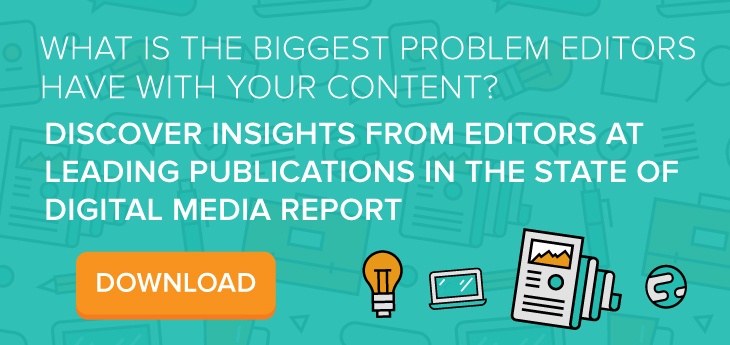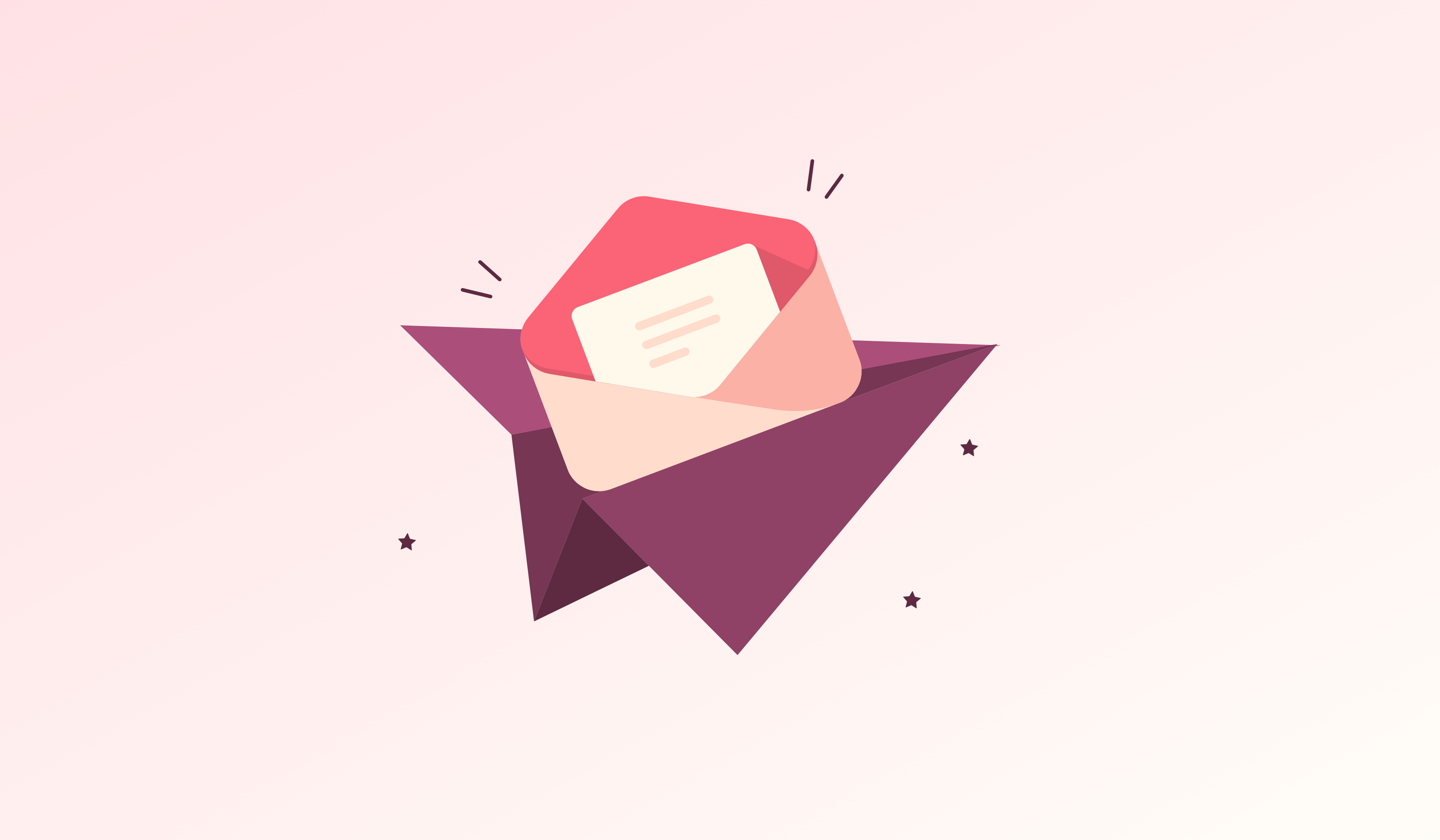 Imagine getting upward of 80 emails a day about a renovation you're doing to your house — except 50 percent of those emails are about dog food and hot air balloons, about 20 percent were so poorly written that you aren’t even sure what they're trying to say, and another 10 percent are from your neighbors telling you that you should have installed the lighting before you painted the walls. Because they said so.
Imagine getting upward of 80 emails a day about a renovation you're doing to your house — except 50 percent of those emails are about dog food and hot air balloons, about 20 percent were so poorly written that you aren’t even sure what they're trying to say, and another 10 percent are from your neighbors telling you that you should have installed the lighting before you painted the walls. Because they said so.
Then you might understand what it’s like being an editor at a online publication.
Guest posting content to outside publications can be an essential piece of your content strategy. It boosts your credibility, extends your reach, and helps you build a stronger, more trustworthy brand. Plus, when you create powerful on-site content, too, those guest pieces can contribute to a powerful funnel of opportunity.
Before you start guest posting, you've got to know where your audience is.  .
.
But to achieve any of these benefits, you've got to contribute effectively. If you're pitching an editor, there are several ways to get on his or her bad side before he or she even reads your draft. We spoke with a few editors we work with about their biggest pet peeves when it comes to receiving pitches and submissions. Here are six things you should absolutely avoid if you want your pitch to succeed:
1. Setting Your Own Deadlines
Asking the editor to publish your piece on a certain day or provide a decision when it's convenient for your schedule is an easy way to get your email moved to the bottom of the list — or worse, deleted altogether. Several of our editors, including those for VentureBeat and The Next Web, have automatic responses setting timeline expectations for responses because this is such an issue.
Instead: Understand that you may not hear back from the editor right away. If your piece is accepted, then you can ask for a ballpark date of when it might be published.
2. Flagging the Email as Urgent
Similar to setting your own deadlines, putting that little red flag next to your email only tells editors that you don’t respect their time and organizational practices.
Instead: If your article addresses a timely topic, put that in the subject line of the email. If it doesn't, then it's probably not urgent — so don't flag it.
3. Emailing and Then Immediately Following Up by Phone
Editors at major publications can receive more than 100 pitches and articles a day. Our editors at Entrepreneur and Fast Company both mentioned annoying follow-ups as their biggest pet peeve.
Instead: Wait about a week before following up on your article. And stick with email unless the editor has given you permission to use another form of contact, such as phone or social media.
4. Glaring Misspellings
One of our editors once had someone pitch her an article about their company. She was interested, so she put the name of the company into her search bar, and Google came back with “Did you mean ... ?” That article did not get published.
Instead: Run spell-check. Twice. And then check every name included for correct spelling. Twice. Don't let common content mistakes or careless typos sink your pitch.
5. Not Knowing the Publication’s Audience
"The worst pitches I get are from people who clearly don't know or read our platform," Már Másson Maack from The Next Web told us. "They pitch certain topics — like hiring news, M&As of minor companies, etc. — that they'd know are never covered on TNW if they had done the slightest preparation. Pitching should ultimately be about the readers; it's them we write the stories for. That's why you need to know the platform and be a reader yourself before you start on any pitches."
Instead: Take the time to read the publication, going back at least a month, to get a feel for its audience, tone, and topics.
6. Being Creepy
Most editors make their publication email addresses and social media profiles easy to find, and they expect to interact with readers and get story ideas through those channels. Just because you might have found (or paid for) a personal email address or phone number doesn’t mean you should use it.
Instead: Use the email address the editor provides and follow him or her on social media where it makes sense.
In general, editors are interested in receiving articles for consideration at their publication. But before you send that article, make sure you do a little bit of homework on the editor’s preferences and the publication’s audience to increase your chances of getting published.
Want to learn more about the kind of content online publication editors want to see? Download "The State of Digital Media" today!




 Imagine getting upward of 80 emails a day about a renovation you're doing to your house — except 50 percent of those emails are about dog food and hot air balloons, about 20 percent were so poorly written that you aren’t even sure what they're trying to say, and another 10 percent are from your neighbors telling you that you should have installed the lighting before you painted the walls. Because they said so.
Imagine getting upward of 80 emails a day about a renovation you're doing to your house — except 50 percent of those emails are about dog food and hot air balloons, about 20 percent were so poorly written that you aren’t even sure what they're trying to say, and another 10 percent are from your neighbors telling you that you should have installed the lighting before you painted the walls. Because they said so.




